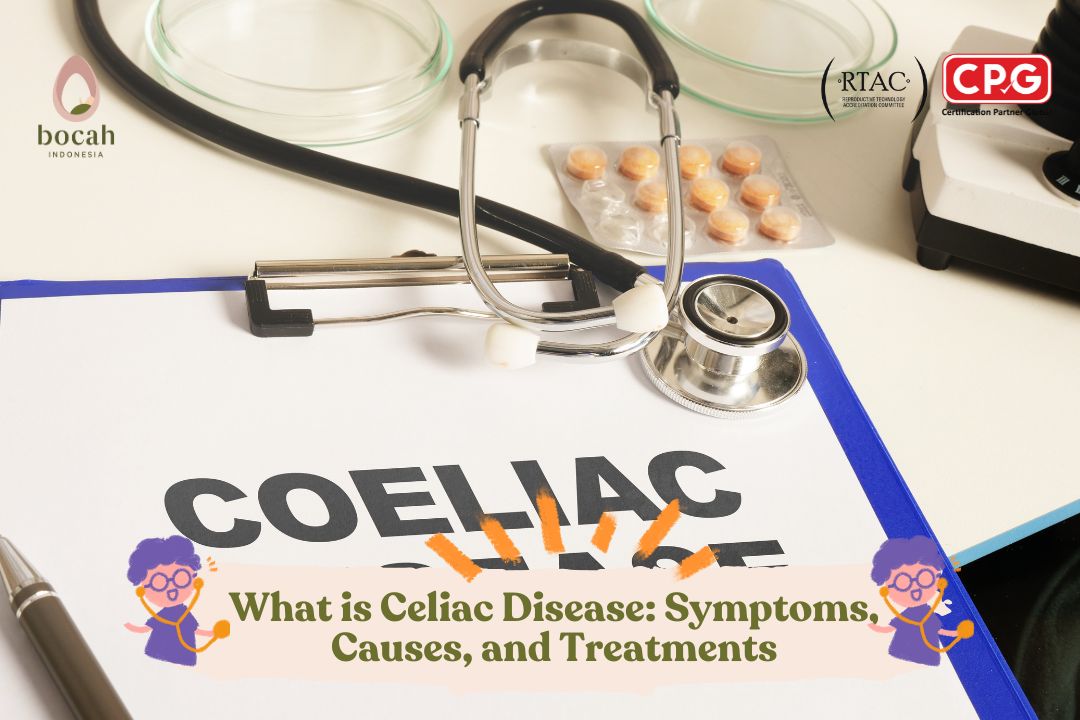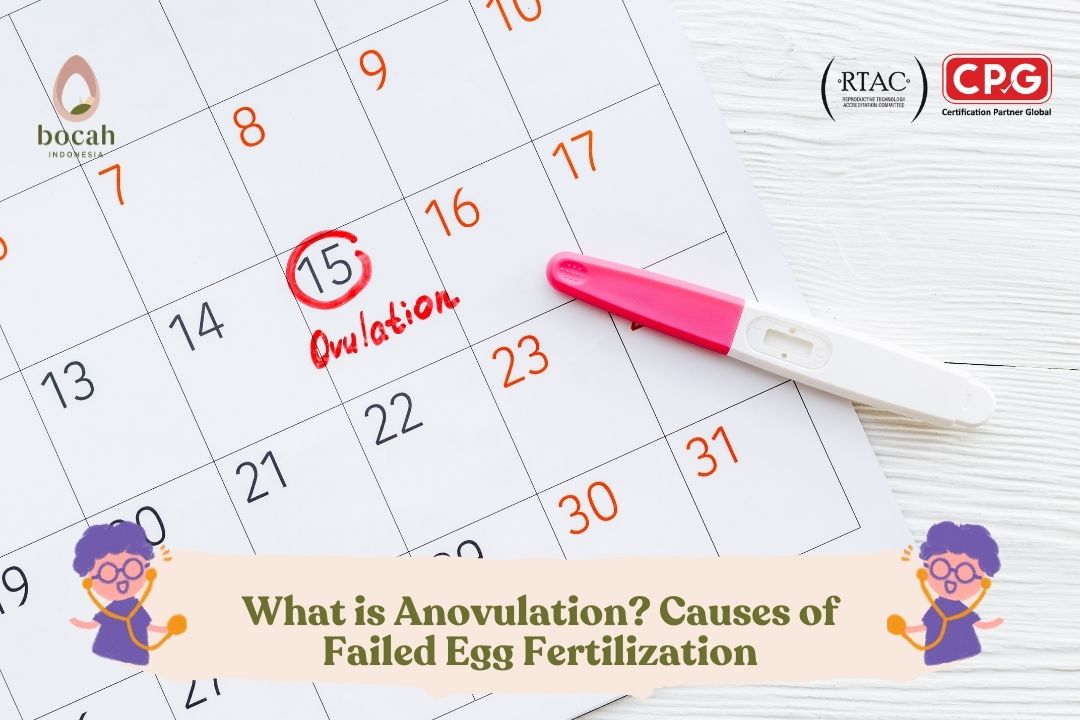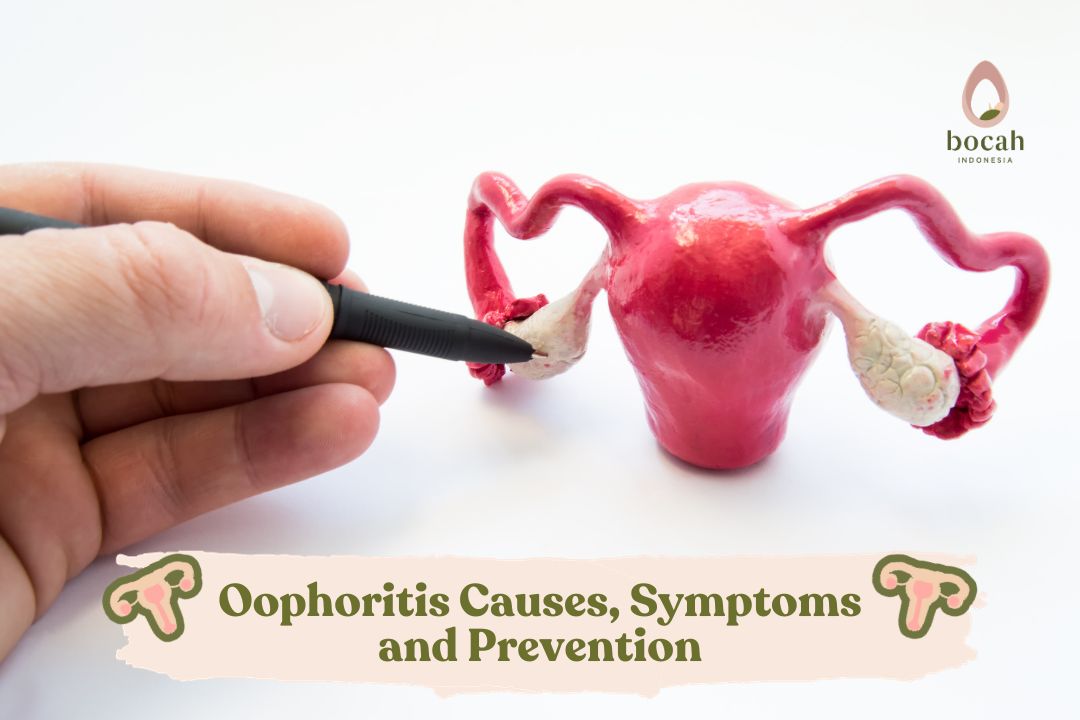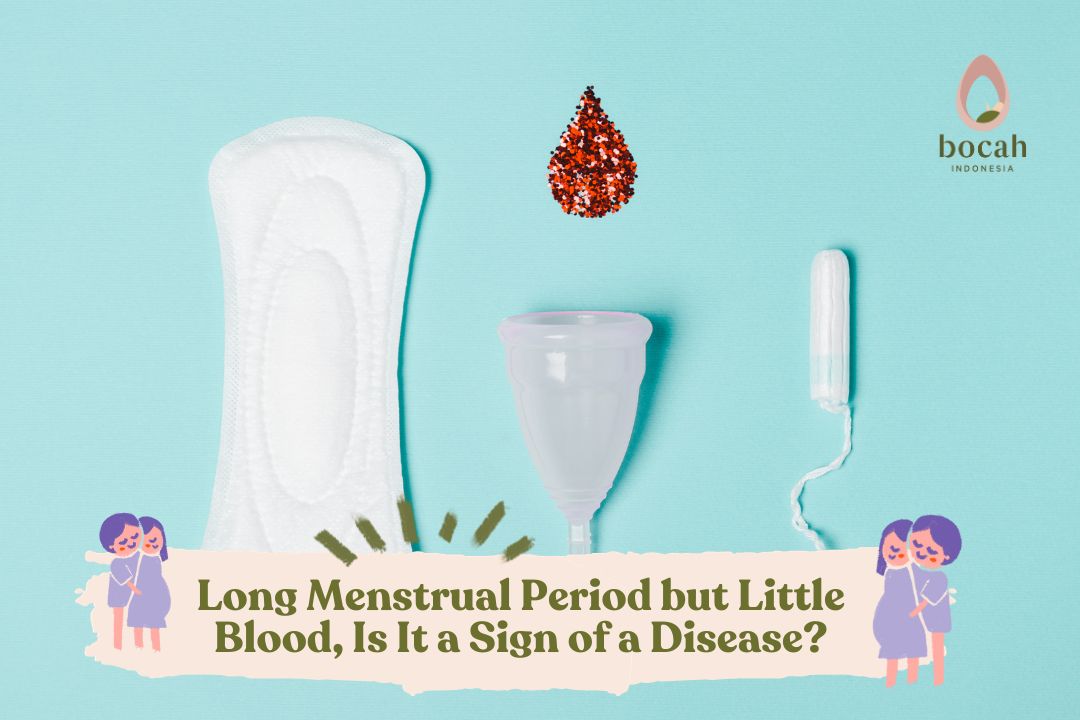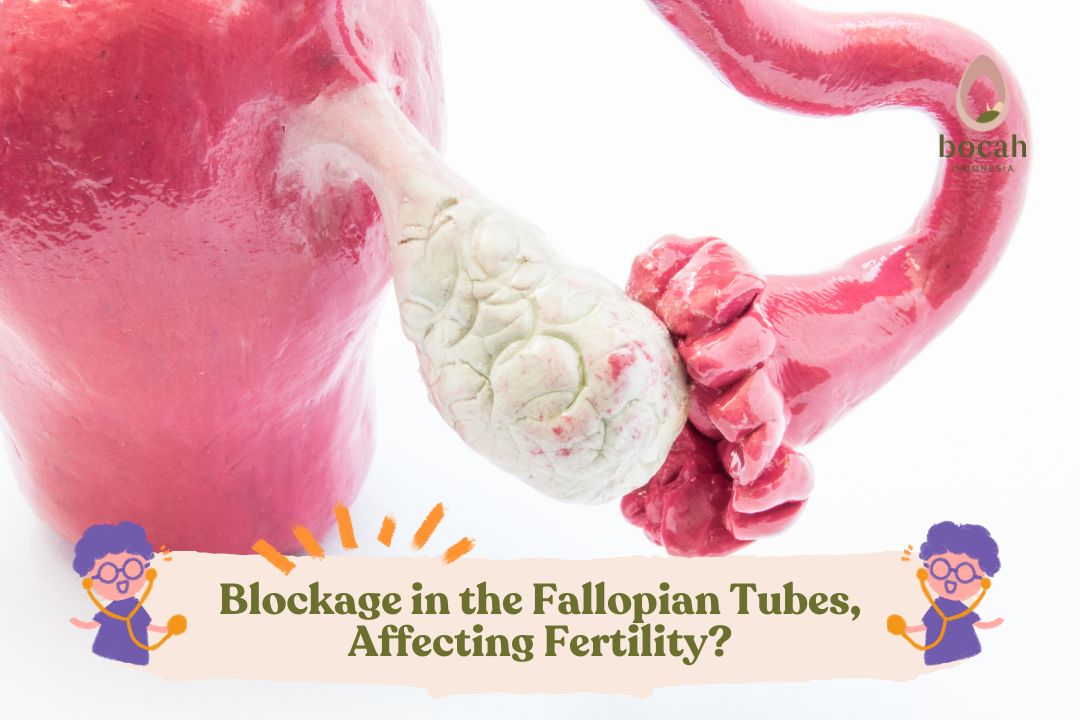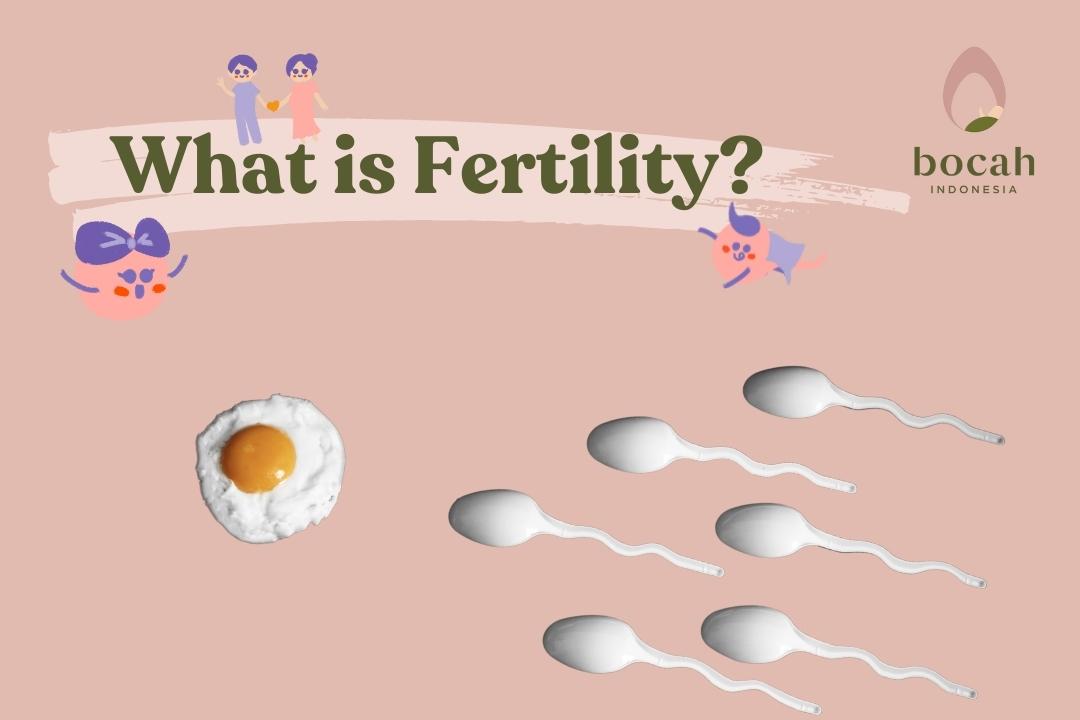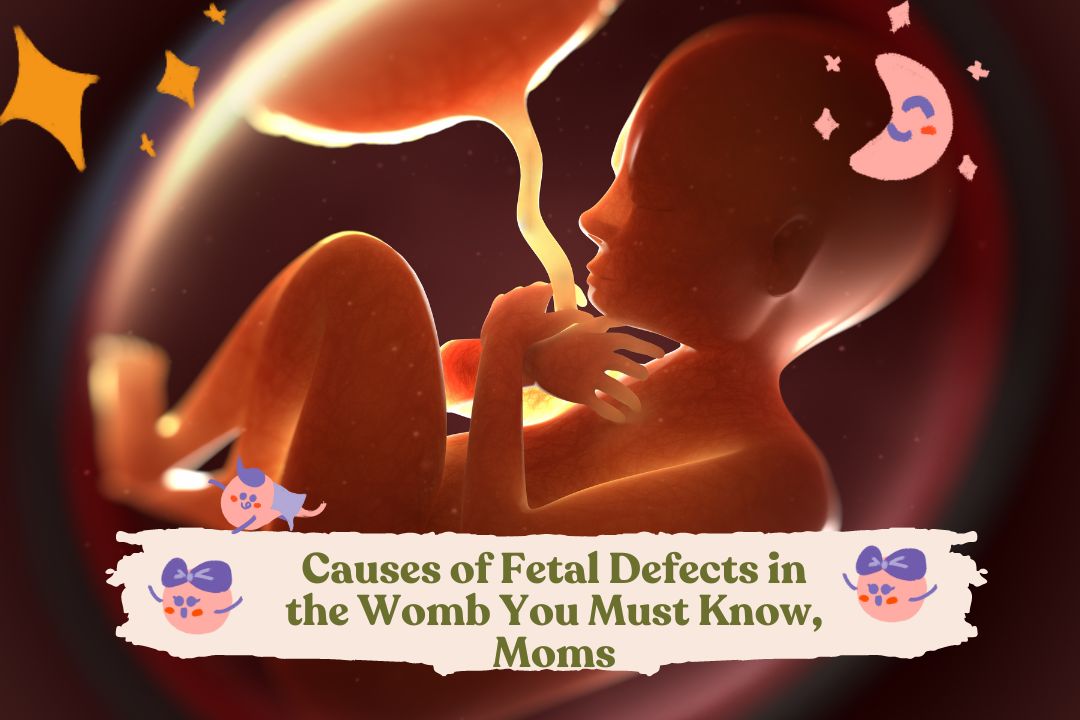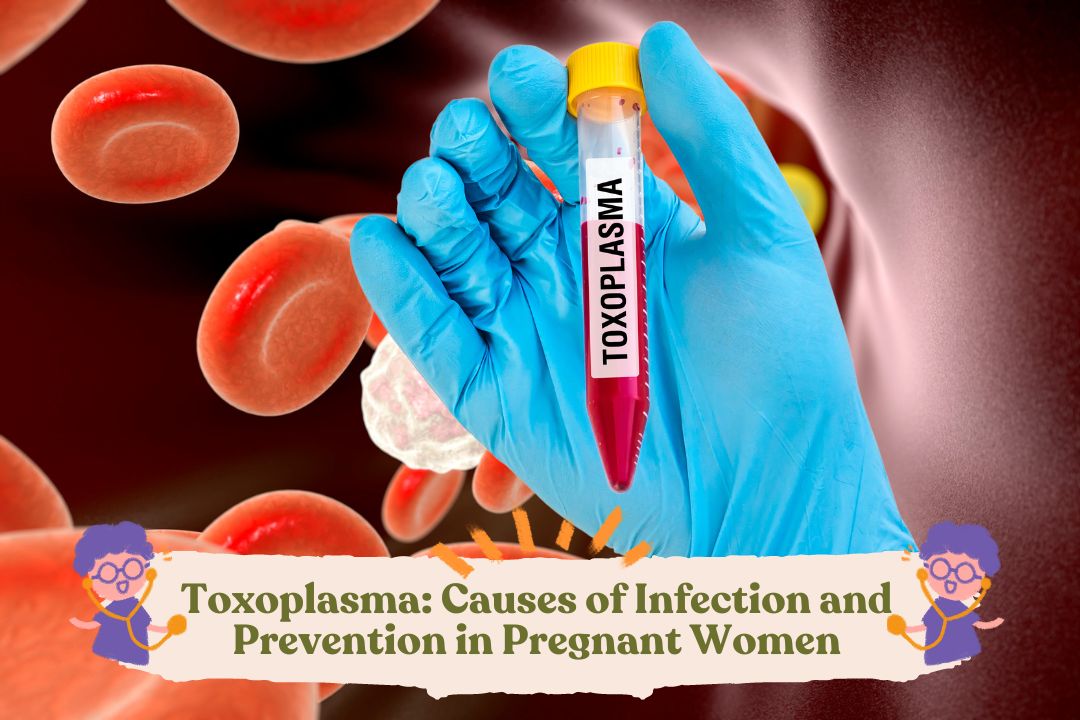Causes of Pelvic Adhesion Disease Pelvic Inflammation Affecting Fertility
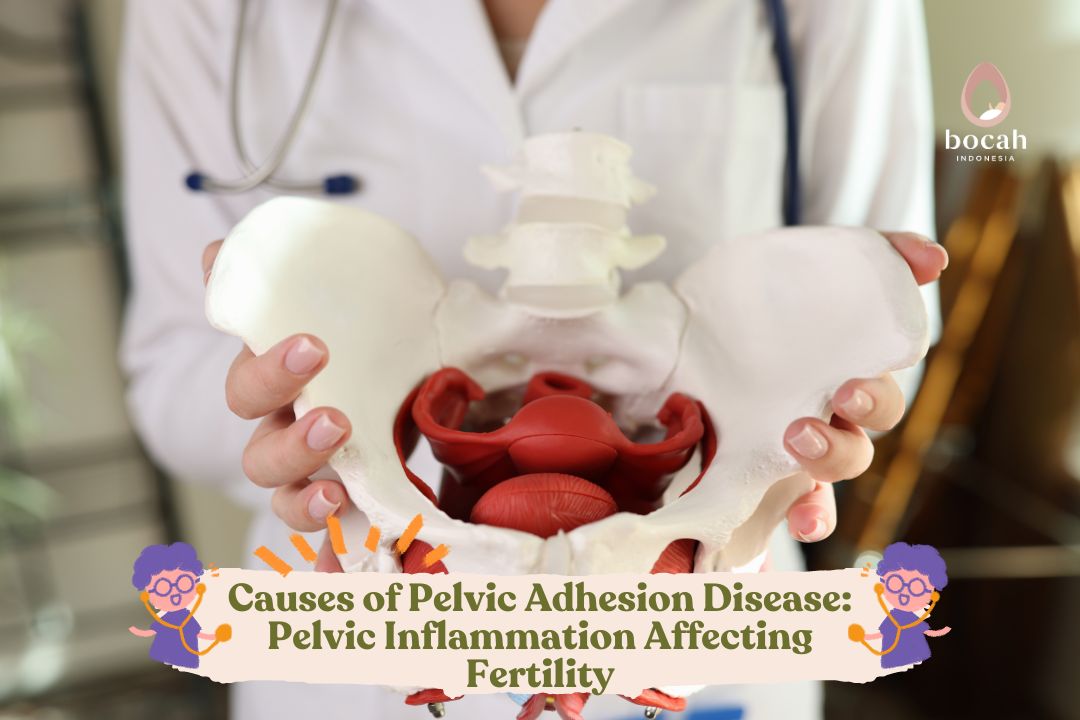
Pelvic adhesions between organs after surgery can occur in more than 90 percent of gynecological surgeries. This condition not only causes chronic pelvic pain and intestinal obstruction but is also a leading cause of infertility. Pelvic adhesions, or the sticking together of pelvic organs, are a major factor causing pelvic pain, which severely affects the quality of life for women. Such adhesions can cause the uterus, fallopian tubes, and ovaries to stick together, disrupting their normal functions and leading to infertility.
In clinical practice, adhesions can be difficult to diagnose and treat. However, for women showing symptoms of pelvic pain and infertility, managing adhesions through specialized surgery can positively affect their quality of life and fertility.
What are pelvic adhesions?
Adhesions are accumulations of fibrous tissue or scar tissue that can connect one organ to another. This condition can occur in any organ or part of the body, such as the abdominal cavity, pelvis, chest, eyes, and joint spaces. Depending on the cause and location, adhesions can be beneficial—in the process of tissue healing—or harmful, causing complications.
Organs within the abdominal cavity normally can slide freely. The presence of adhesions makes the organs stick together and restricts their movement. Consequently, this leads to complications such as chronic pain, infertility, intestinal obstruction, or reduced range of joint movement.
So far, the most common adhesions are intra-abdominal adhesions (between organs in the abdomen) and pelvic adhesions (between organs in the pelvis). Adhesions in both areas are usually caused by injury to the peritoneum (the membrane lining the abdominal and pelvic cavities) and are part of the normal wound healing process. Adhesions do not always cause problems, but when they do, they can be extensive and severe.
Tanya Mincah tentang Promil?
Causes of Pelvic Adhesions
Adhesions are actually a part of the wound healing process and inflammatory response. Therefore, adhesions most often occur after surgery within the abdominal cavity or as a result of infection. The accumulation of fibrin during the wound healing process leads to the formation of scar tissue within or between organs or tissues. In the pelvic area, adhesions frequently occur after pelvic surgery, causing scar tissue within the uterus and abdominal wall. For example, Caesarean section, surgery to remove endometriosis, or removal of ovarian cysts. Adhesions can also form as a response to infection—such as pelvic inflammatory disease—or conditions like endometriosis and appendicitis (appendix). However, in some cases, the cause of pelvic adhesions cannot be identified.
Symptoms of Pelvic Adhesions
Scar tissue causing adhesions may not show any symptoms at all and may not cause any problems. However, in some women, it can cause the following symptoms:
1. Pain in various forms:
- Pain in the abdominal or pelvic area. The pain can be localized or deep within the pelvis.
- Severe menstrual pain.
- Pain during sexual intercourse. This can occur when the ovaries are trapped by scar tissue, causing pain during deep penetration.
- Abdominal bloating.
- Pain during bowel movements. Dense adhesions can cause narrowing of the intestines, called strictures. This can lead to a condition known as intestinal obstruction (blocked intestines).
- Pain during urination. Adhesions can reduce the capacity and emptying of the bladder, causing pain and frequent urination. This condition can be mistaken for cystitis or bladder inflammation.
2. Infertility
Scar tissue can cause the ovaries to move from their normal position or block the fallopian tubes, disrupting the process of ovulation and the transport of eggs through the tubes. Adhesions can also cause pelvic organs to stick together abnormally, such as the intestines to the uterus, the uterus to the bladder, and so on. These conditions can interfere with the success of fertilization and pregnancy, even with assisted reproductive techniques such as in vitro fertilization. Even if fertilization occurs, there is a risk of ectopic pregnancy if adhesions occur in the fallopian tubes.
Figure A shows adhesions at the site of endometriosis. Figure B shows adhesions inside the uterus and fallopian tubes causing infertility. Figure C shows adhesions on the cervical muscles causing pain during intercourse.
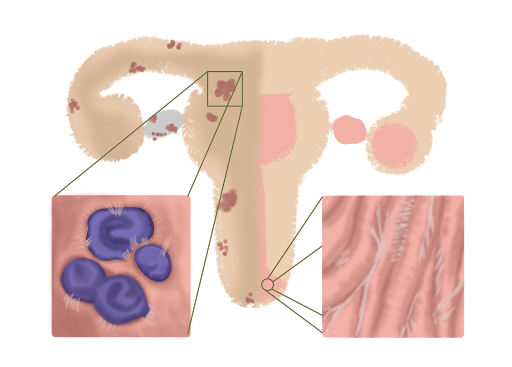
Pelvic adhesions can also trigger Asherman’s syndrome. This condition occurs due to adhesions inside the uterine cavity, causing a woman to have irregular menstrual cycles and difficulty getting pregnant.
Diagnosis of Pelvic Adhesions
In some cases, adhesions can be suspected based on the symptoms that appear, pelvic examination, ultrasonography (USG), or hysterosalpingogram (HSG). However, this condition can only be definitively diagnosed with laparoscopy. This procedure allows doctors to determine the location and appearance of adhesions and assess their impact on the function of pelvic organs, especially the fallopian tubes and ovaries.
Treatment of Pelvic Adhesions
Pelvic adhesions are treated only if they cause troublesome symptoms, through a procedure called laparoscopic adhesiolysis. This minimally invasive procedure requires only 3-4 small incisions, each measuring 5-10 mm in length. A small tube equipped with a camera (laparoscope) is inserted into one of the incisions. Guided by this camera, the doctor then inserts small instruments through the other incisions to remove the adhesions and repair the surrounding area.
Advances in laparoscopic instrument technology with 4K Ultra High Definition and Full HD resolution allow doctors to clearly visualize the operative field within the abdominal cavity, encompassing internal organs, blood vessels, and nerves. As a result, the accuracy of the surgery is improved.
Because the incisions are much smaller, postoperative pain and complications are significantly reduced. The recovery time is also shorter, only 1-2 days (compared to 1 week for open surgery), allowing women to return to normal activities more quickly. However, recovery time varies among individuals, depending on the severity of the adhesions and the number of incisions needed to remove them.
The success of the procedure and the likelihood of adhesions recurring depend on the timing of adhesiolysis and the consistency of the adhesions. A study found that thin, film-like adhesions removed within a few days or weeks after the initial surgery had a much lower chance of reforming after adhesiolysis (5 out of 22 patients or 23 percent) compared to denser, thicker adhesions with more blood vessels (8 out of 9 patients or 89 percent).
One important consideration is that because pelvic adhesions are scar tissue, it is crucial for women to seek a trained surgeon. This aims to reduce the risk of forming additional scar tissue.
Conclusion
Although pelvic adhesions are complex, this condition can be successfully treated if recognized and treated early through laparoscopic adhesiolysis performed by a trained surgeon. Therefore, it is important to be aware of all symptoms and signs of pelvic adhesions, especially after surgery in the abdominal or pelvic area. If not treated or treated late, this condition can cause serious complications for a woman’s health, quality of life, and fertility.
Source:
- Ghobrial S, Ott J, Parry JP. An overview of postoperative intraabdominal adhesions and their role on female infertility: a narrative review. Journal of Clinical Medicine. 2023 Mar 15;12(6):2263.
- Nahirniak P, Tuma F. Adhesiolysis. [Updated 2022 Sep 19]. In: StatPearls [Internet]. Treasure Island (FL): StatPearls Publishing; 2024 Jan-. URL: https://www.ncbi.nlm.nih.gov/books/NBK563219/
- National Institute of Diabetes and Digestive and Kidney Diseases website. Abdominal adhesions. www.niddk.nih.gov/health-information/digestive-diseases/abdominal-adhesions. Updated June 2019. Accessed April 11, 2022.
- Yepuri N, Pruekprasert N. Cooney RN. Surgical complications. In: Townsend CM Jr, Beauchamp RD, Evers BM, Mattox KL, eds. Sabiston Textbook of Surgery. 21st ed. St Louis, MO: Elsevier; 2022:chap 12.


